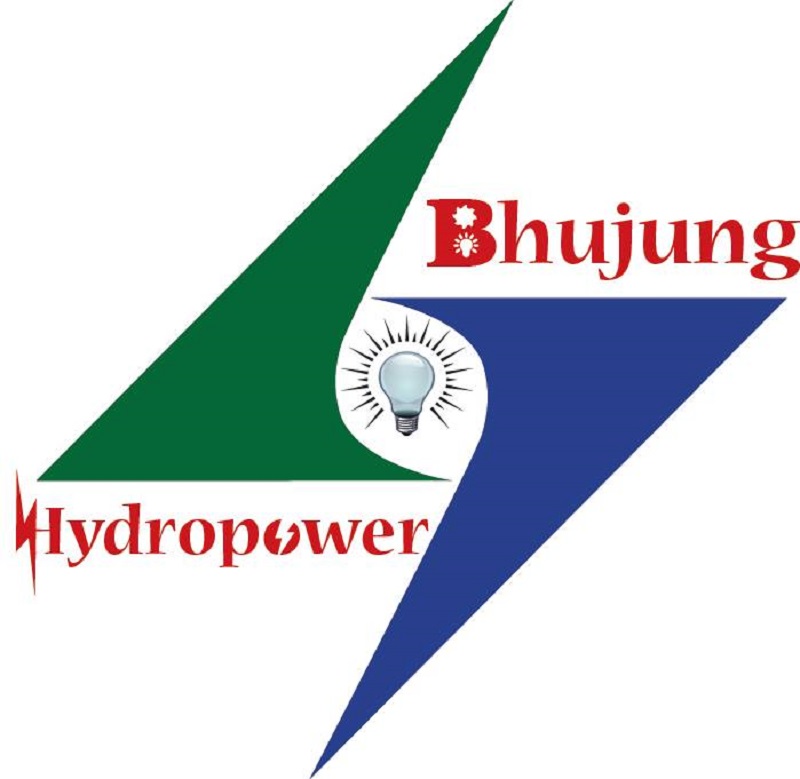Margin Trading Facility: Broker Funding Sources and Maximum Limits
27th November 2025, Kathmandu
The Nepal Securities Board (SEBON) is actively preparing to introduce clearer and more stringent regulations concerning the financial sources that stock brokers may utilize to offer the margin trading facility.
Margin Trading Facility
The move aims to enhance risk management, ensure market stability, and protect investors in the growing Nepalese capital market.
SEBON has formally outlined these proposed rules in the draft of the Margin Trading Facility Directive 2082 and has initiated a consultative process by inviting suggestions and feedback from all relevant stakeholders in the financial sector.
Approved Funding Sources for Margin Facility
The proposed directive specifies the acceptable channels through which stock brokers can secure the necessary capital to extend margin trading credit to their clients. This definition is crucial for separating a broker’s proprietary business from client funds.
Brokers are primarily permitted to provide margin trading facilities using three distinct financial sources:
Their Own Funds: Brokers are encouraged to use their own capital reserves to fund margin facilities. This is considered the safest and most stable source, as it ties the broker’s own financial health directly to the risks of the margin book.
Loans from Banks and Financial Institutions: Brokers may secure loans from banks and financial institutions for the purpose of margin lending. This allows brokers to leverage institutional financing to meet client demand for margin trading.
Unsecured Loans from Directors/Shareholders: Brokers are also permitted to accept unsecured loans from their shareholders or directors. However, this is contingent upon the broker ensuring that all relevant company laws and corporate governance standards are adhered to throughout the transaction process.
Net Worth Restriction
A vital provision in the directive is the imposition of a clear financial ceiling on external borrowing. The draft mandates that the total sum of bank loans and unsecured loans taken by a broker cannot exceed 4.5 times the broker’s net worth. This restriction is a key risk mitigation measure designed to prevent brokers from becoming excessively leveraged, thereby protecting the overall stability of the capital market against potential default risks.
Restrictions on Utilizing Customer Assets
A major guardrail proposed by the directive addresses the use of client assets, a crucial area of investor protection and market integrity.
Client Fund Separation: The draft explicitly states that brokers will not be allowed to use one client’s cash or shares to provide margin facilities to another client. This provision strictly enforces the fundamental principle of segregation of client assets from the broker’s own funds and from other clients’ accounts. This prohibition is designed to eliminate the risk of cross-utilization of customer accounts, which could lead to systemic failures if market conditions turn adverse. The clear separation of client funds ensures that a client’s assets are protected regardless of the performance of the broker’s other clients.
Maximum Margin Trading Limits and Diversification
To manage the overall risk exposure of both the individual broker and the market, the directive sets explicit limits on the maximum amount of margin facilities that can be extended.
Broker’s Aggregate Limit: A broker may provide margin facilities up to a maximum of five times their verified net worth. This limit is the absolute ceiling on the total margin exposure a broker can maintain, calculated as a multiple of their net capital base. This ceiling serves to ensure that the broker’s risk appetite is commensurate with their financial strength.
Client Concentration Limit: The directive also imposes a limit on client concentration risk. A single client, including their immediate family members living in the same household, can receive a margin facility of no more than 20 percent of the broker’s net worth. This provision prevents an excessive amount of the broker’s capital from being tied up with one or a few high-exposure clients, thereby diversifying counterparty risk.
Investment Diversification Mandate: Beyond the quantitative limits, the draft imposes a qualitative requirement: Brokers must also ensure investment diversification when providing margin loans. This means brokers must not allow margin loans to be concentrated in a small number of stocks or sectors, which would expose the margin portfolio to concentrated risk in the event of a downturn in a specific stock or industry. This requirement promotes healthier, broader market participation through margin trading.
The finalization of the Margin Trading Facility Directive 2082 is expected to significantly restructure the risk parameters and operational procedures for stock brokers offering this service, aligning Nepal’s margin trading practices more closely with international financial market standards for stability and investor safety.
For More: Margin Trading Facility









